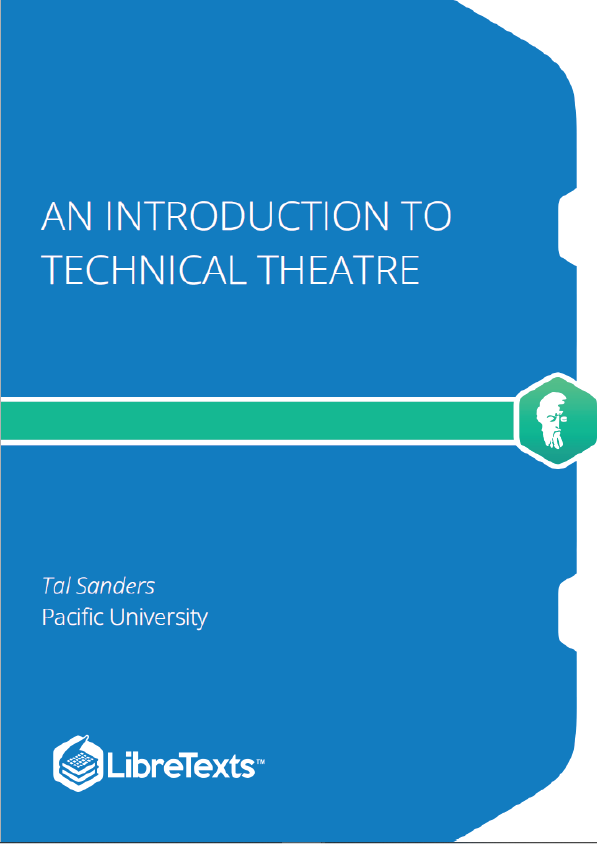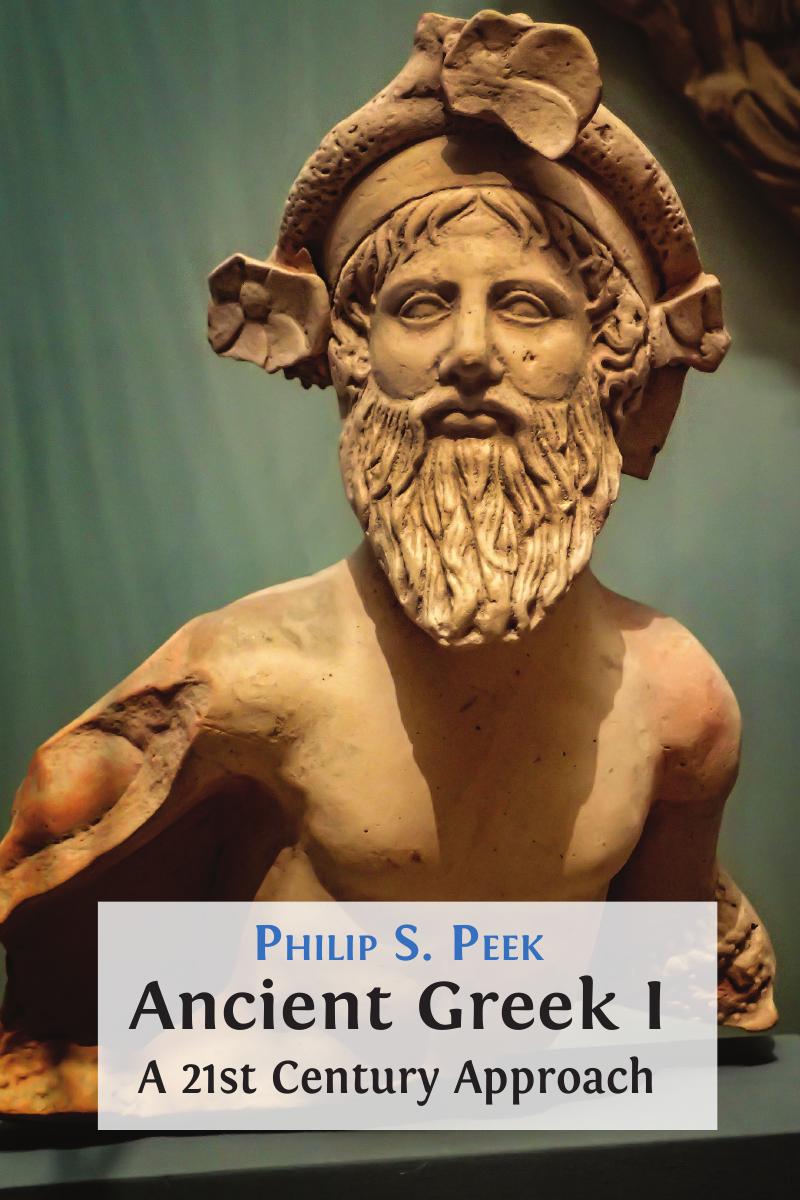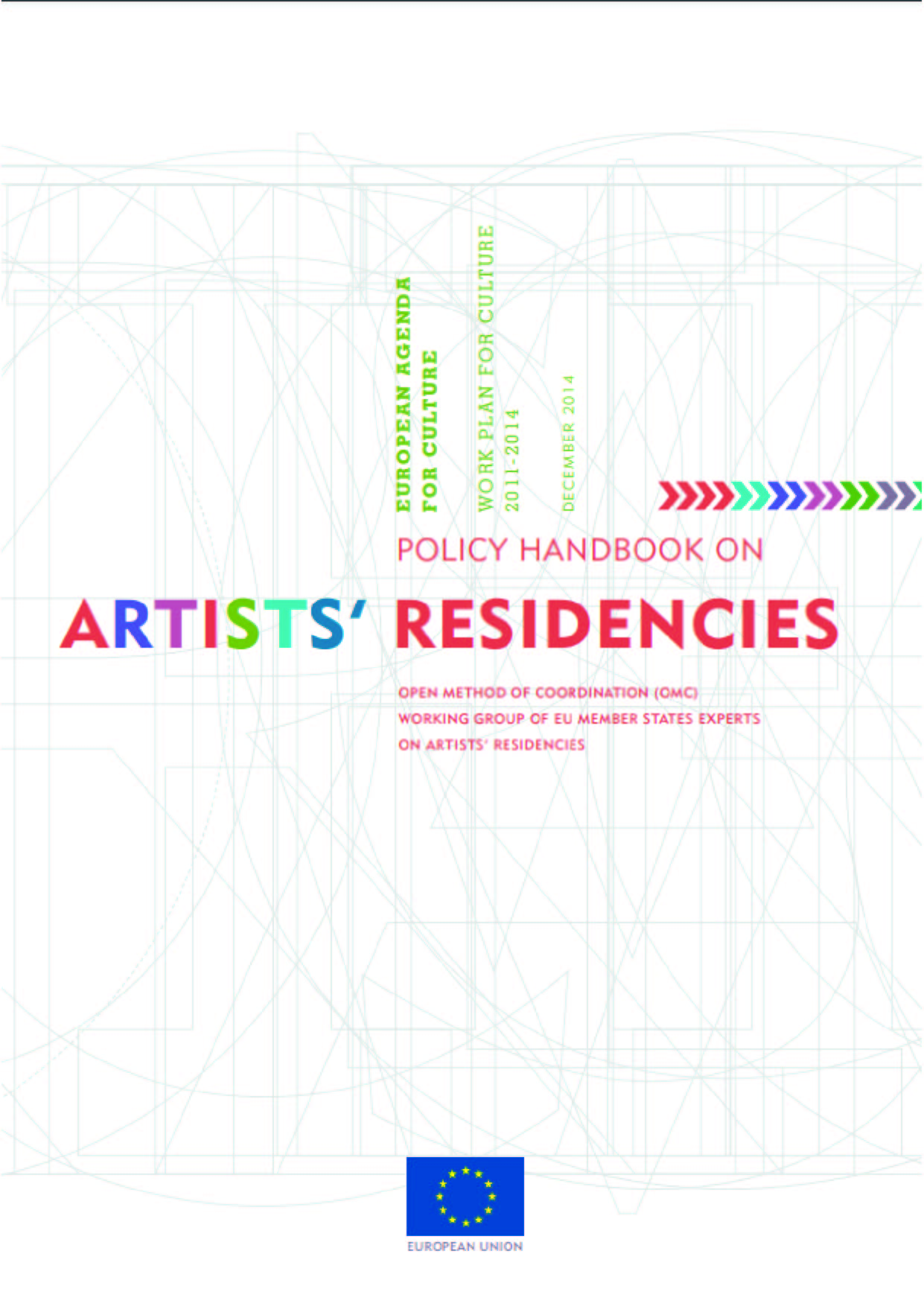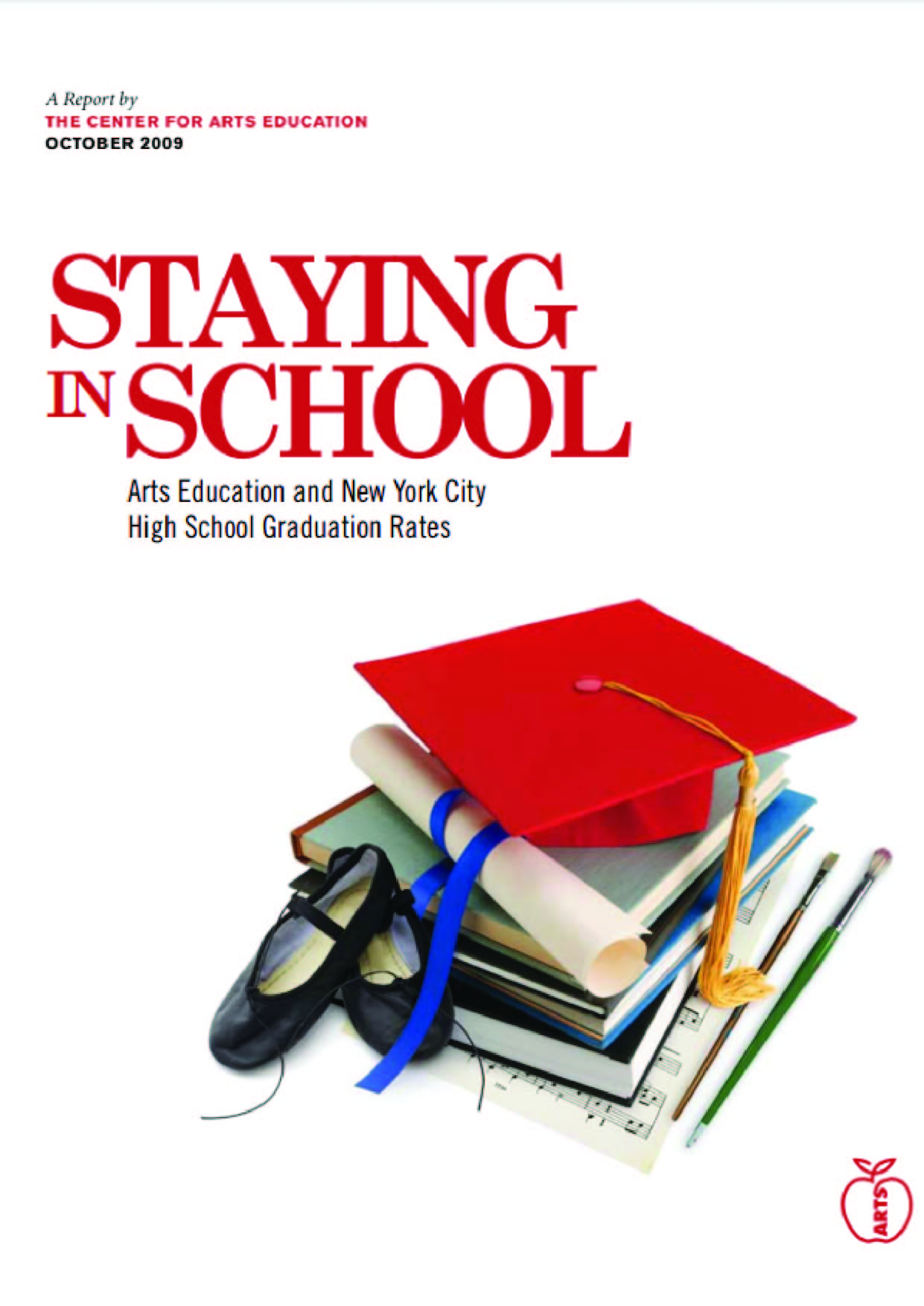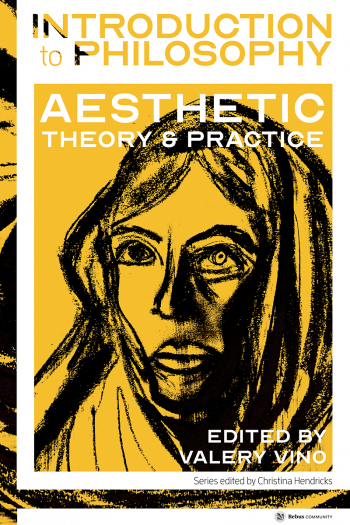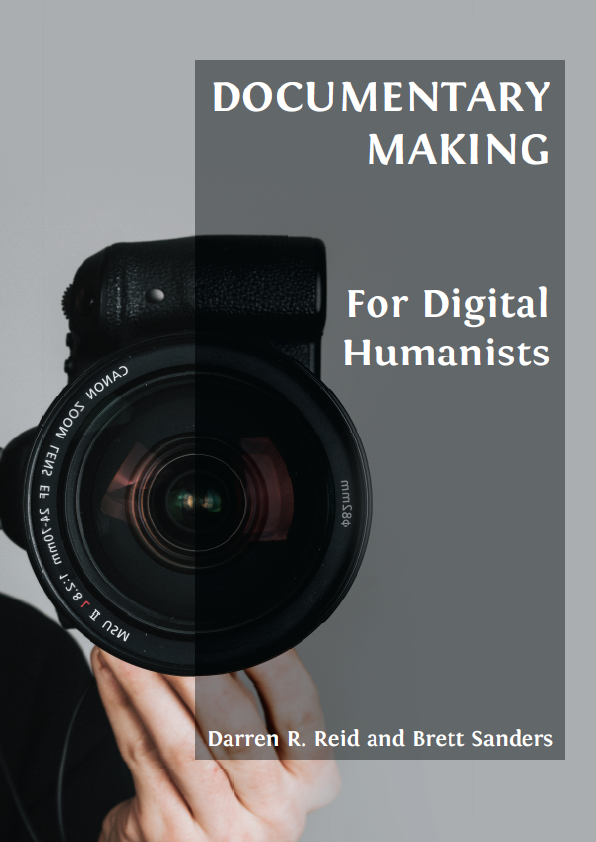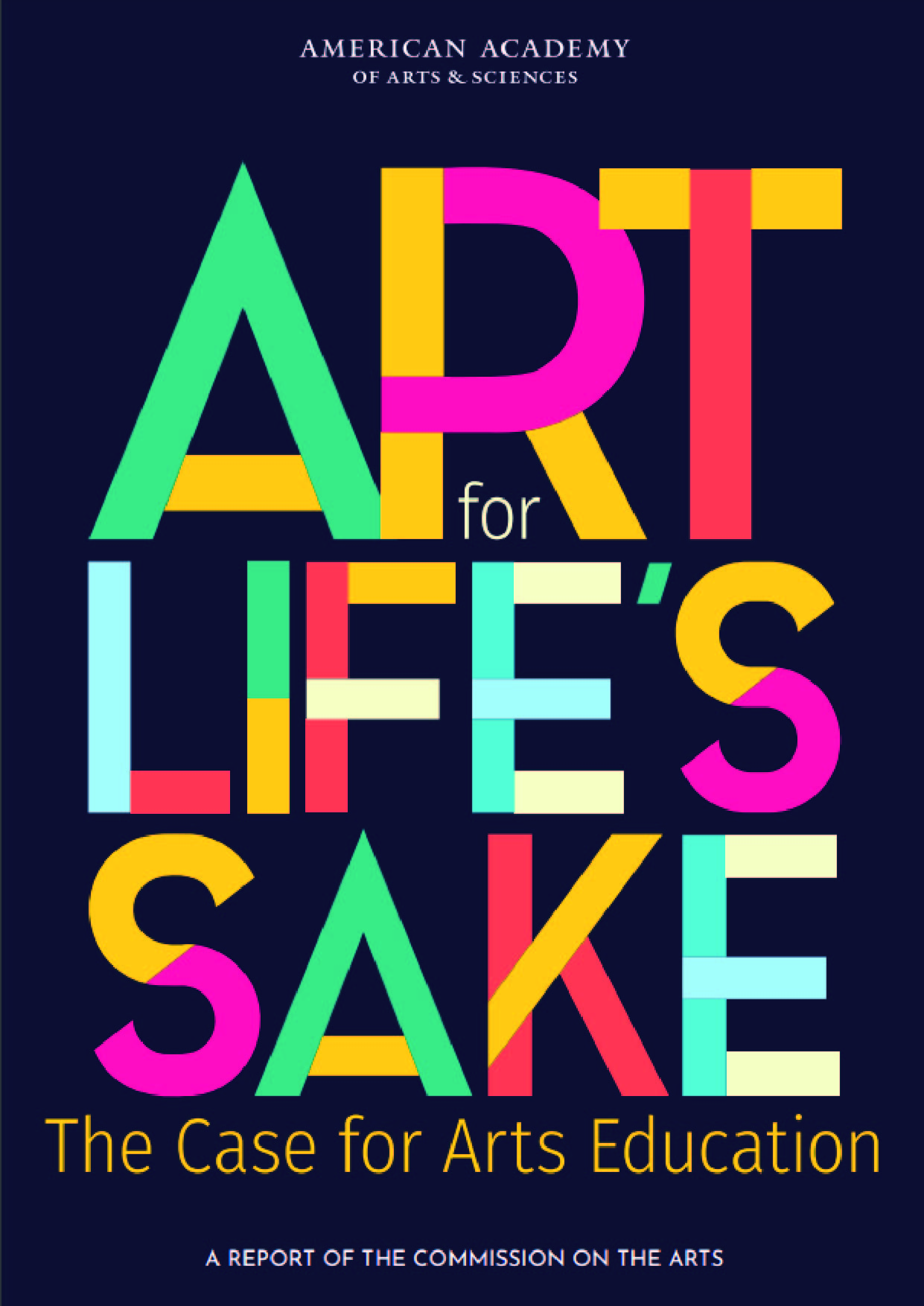An Introduction to Technical Theatre draws on the author’s experience in both the theatre and the classroom over the last 30 years. Intended as a resource for both secondary and post-secondary theatre courses, this text provides a comprehensive overview of technical theatre, including terminology and general practices. Introduction to Technical Theatre’s accessible format is ideal for students at all levels, including those studying technical theatre as an elective part of their education. The text’s modular format is also intended to assist teachers approach the subject at their own pace and structure, a necessity for those who may regularly rearrange their syllabi around productions and space scheduling.
Among the arts, theatre is unique in that at its very core it is collaborative. Unlike authoring a book or painting a great masterpiece, a piece of theatre has not come from the mind of a single creator, but from a large group of people working toward a common goal. The theatre collaboration is similar to the function of a sports team, or even a military unit, in that many people are doing a variety of things that all contribute to the group success. This group of artists collaborates to conceive and construct a performance that endeavors to entertain its audiences. Each of the artists involved in this process contributes uniquely to the final product. Some of these contributions are obvious, some are more hidden but no less important to the creative whole.
There is an art, or at least a skill, to successful collaboration. Many of you have participated in group activities and team sports and can identify with both the power of group (team) work and the common struggles within groups to adopt a single vision. These factors exemplify both the challenge and the strength of theatre collaborations.
When working within a group, we must navigate differences of opinion, entertain varying perspectives, and rise to the challenge of maintaining clear communication. Learning to listen is an important skill in this scenario. Being clear in thought, exact in language, and deliberate in choice of illustrative examples can be key to success.
Theatre artists must learn the difference between giving up on our ideas when a strong voice is advocating for something different and defending our views to the point that we become an obstacle to consensus. I have found when artists listen closely and truly attempt to understand one another they are often able to find solutions that incorporate and even enhance seemingly disparate ideas.
In theatre we must channel our ideas in support of the direction in which the entire production is moving. Falling silent when you have a solution or shutting down when your ideas cannot be incorporated does a disservice to the entire production. A skilled collaborator will find an appropriate opportunity and use a productive tone to offer their opinions.
For many of us, our sense of how a theatrical production is put together stems from our experiences with theatre in our schools. For example, many students have participated in a drama program at their high school. These experiences may lead us to the conclusion that all productions are created under a system wherein the show’s director makes virtually every decision and everyone else involved is trying their best to carry out the director’s plan. It is easy to understand why we might have that impression when many of our schools have theatre programs in which the director is the only permanent staff and designers and other specialists are only brought in when required or when their talents can be afforded.
